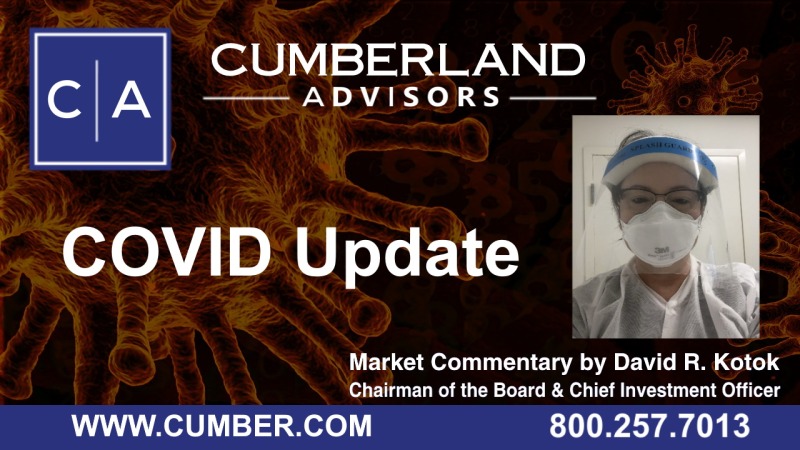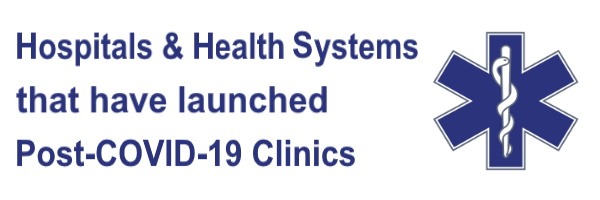Some readers have asked if we expect that there will be another COVID wave coming this fall. Our answer: No one knows. Mark Van Sumeren of Health Industry Advisor has continued his informative and apolitical newsletter and has given us permission to share his view on this issue.

Here's an excerpt from the summary page for his October 25 issue, which is available in its entirety here: http://healthindustryadvisor.com/pdfs/covid-19-2021-10-25-day353.pdf.
Friends and Colleagues:
The Delta wave continues to recede in the United States. Nonetheless, could we witness the fifth wave soon?
We reached a twelve-week low in reported new daily cases (7-day average) on Friday. Estimated new infections reached a fourteen-week low. Since the end of August, these measures plunged 56% and 70%, respectively.
The Covid inpatient census dropped in half during this time. Admissions fell even further (56%). Only Alaska and Idaho are devoting three or more of every ten inpatient beds to treating Covid patients.
Covid-related deaths are at a two-month low.
Vaccines are playing a role in this improvement. The CDC reports that unvaccinated persons had a 6.1x greater risk of testing positive for Covid than vaccinated people in August. This group had an 11.3x greater risk of dying than vaccinated persons. We drilled further into the CDC data, with particular attention to the period when new cases were accelerating (weeks ending June 27 to September 4). [See https://covid.cdc.gov/covid-data-tracker/#rates-by-vaccine-status.]
We discovered:
• For most age groups, the risk of infection was 5.9 to 6.3x higher for unvaccinated persons than for their vaccinated peers. For 12-to-17-year-olds, the risk was 10.5x higher
• For 18-to-29-year-olds, the risk of death was an astonishing 73x higher for the unvaccinated than for their vaccinated peers. For 30-to-49-year-olds, the risk was 30x higher
• The risk of hospitalization was 24.5x higher for unvaccinated 50-to-64-year-olds than their vaccinated peers and 14.5x greater for 18-to-49-year-olds.
In recent weeks, unvaccinated 12-to-17-year-olds reported the highest incidence of new infections per capita of any group. Conversely, their vaccinated peers experienced the lowest rate of new cases. Yet, this age group has the lowest rate of vaccinations of all eligible persons.
Boosters account for the plurality of new vaccines administered last week. These boosters split 60/40 between seniors and non-seniors. With last week’s FDA approval of the Moderna and Janssen boosters, we should expect boosters to spike this week. (Yours truly is scheduled for a booster this morning.)
So, where does the Covid pandemic go from here? Does it finally revert to endemic status?
We addressed this topic this morning in my weekly Repertoire Dail-eNews column [http://repertoiremag.com/covid-report-the-delta-wave-is-receding-should-we-anticipate-a-fifth-wave.html]. In brief, we may be “due” for a fifth wave in the United States by mid-November. The Institute for Health Metrics and Evaluation (IHME) published a model on Friday. The IHME model predicts this fifth wave starts this week and peaks in mid-January. [See https://covid19.healthdata.org/united-states-of-america?view=cumulative-deaths&tab=trend.]
Other experts do not envision this fifth wave, at least for several weeks. An ensemble forecast published by the Covid19 Forecast Hub expects that cases will plunge another 35% in the next four weeks. [See https://viz.covid19forecasthub.org.]
The tension between these views builds on several competing factors. First, we risk the emergence of a new variant. Already, public health experts are tracking the AY.4.2 variant in the United Kingdom. Cooler temperatures and the seasonality of many coronaviruses also raise concerns.
On the flip side, immunity levels in the United States are far higher now than when the Delta wave began. Twenty-six percent more Americans are vaccinated against Covid today than in mid-June. Forty percent more people have developed natural immunity via infection now than had in June.
Vaccinating children 5 to 11 year olds will add another layer of protection.
Mark A. Van Sumeren
Bellwether Supply Chain Leadership Hall of Fame, Class of 2021
Managing Director, Health Industry Advisor LLC
We thank Mark for permission to share his excellent work with our readers. Interested readers can access previous issues and sign up to receive the newsletter “Chronicles of a Pandemic” here: http://healthindustryadvisor.com/days.php.
David R. Kotok
Chairman of the Board & Chief Investment Officer
Email | Bio

"Many hospitals and health systems have created COVID-19 recovery programs, or post-COVID clinics, to support patients who experience lingering symptoms weeks or months after being cleared of the illness — a population now widely known as COVID-19 long-haulers."
As a public service, we at Cumberland Advisors offer this link to a post-COVID-19 clinic reference list for our readers and anyone believed to be helped by it.
A growing list of hospitals and health systems that have post-COVID-19 clinics: https://www.beckershospitalreview.com/patient-safety-outcomes/13-hospitals-health-systems-that-have-launched-post-covid-19-clinics.html
Links to other websites or electronic media controlled or offered by Third-Parties (non-affiliates of Cumberland Advisors) are provided only as a reference and courtesy to our users. Cumberland Advisors has no control over such websites, does not recommend or endorse any opinions, ideas, products, information, or content of such sites, and makes no warranties as to the accuracy, completeness, reliability or suitability of their content. Cumberland Advisors hereby disclaims liability for any information, materials, products or services posted or offered at any of the Third-Party websites. The Third-Party may have a privacy and/or security policy different from that of Cumberland Advisors. Therefore, please refer to the specific privacy and security policies of the Third-Party when accessing their websites.
Cumberland Advisors Market Commentaries offer insights and analysis on upcoming, important economic issues that potentially impact global financial markets. Our team shares their thinking on global economic developments, market news and other factors that often influence investment opportunities and strategies.

